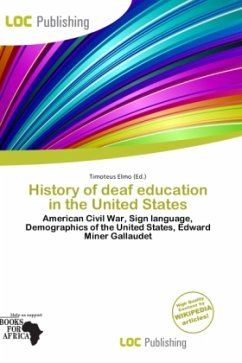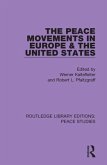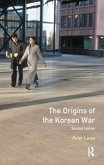Please note that the content of this book primarily consists of articles available from Wikipedia or other free sources online. Before the 1860s and before the American Civil War, manual language was very popular among the deaf community and also supported by the hearing community. The hearing community viewed deafness as [isolating] the individual from the Christian community . At the time, the people of the United States were fairly religious (notably Christian), and the hearing-advantaged believed that sign language opened deaf individuals minds and souls to God. Through this, the hearing community believed that manualism brought deaf people closer to God and opened deaf people to the gospel, which brought manualism general acceptance. Prior to the 1860s, the American hearing community viewed manualism, sign language, as an art, and naturally beautiful. They also thought of deaf people who signed as being like the Romans because of the pantomimes that are a part of the language. An important manualist was Laurent Clerc who brought his signs to the deaf community of the country and was the first deaf person to teach deaf students in the United States .
Bitte wählen Sie Ihr Anliegen aus.
Rechnungen
Retourenschein anfordern
Bestellstatus
Storno








